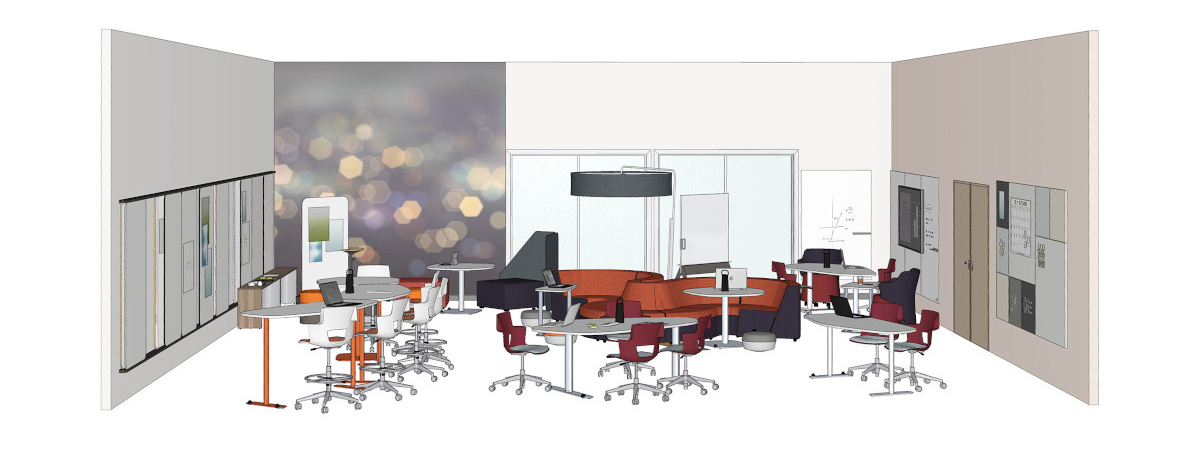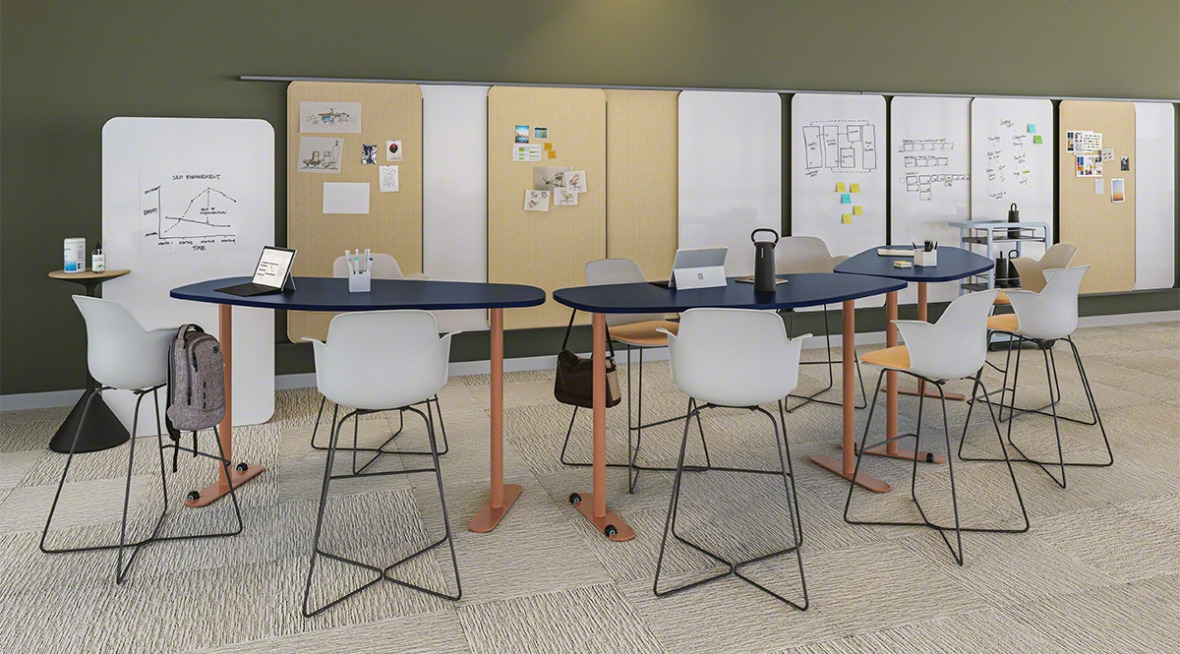Personalized learning was not a topic you heard much about prior to COVID-19. That’s not to say it wasn’t happening, but now it’s being approached with far more intention to meet the needs of today’s students. Technology has changed how we learn. It raised the question of how students learn best – and there is no one-size-fits-all answer. So what does personalized learning look like in a modern-day classroom? How do you set students up for success knowing the needs of every student are different?
Steelcase shares this definition of personalized learning from the U.S. Department of Education: “An experience where the pace of learning and instructional approach are optimized for the needs of each student.”
Let’s get to the point right up front. There is no right answer here. Instead, it’s about how and what to consider to ensure you are weighing the needs of individual students and adapting the lessons, approach, and support accordingly.
What is personalized learning?
Today, personalization is the name of the game. From buying habits to advertisements, data lets companies reach you with products and services relevant to your wants and needs – sometimes these are wants and needs you didn’t even know you had. Just as retailers can personalize a shopping experience to each individual consumer, the needs of students vary within a classroom. Personalized learning is about meeting students where they are and providing what each student needs to succeed. This means tailoring the curriculum, how and where it is taught, and the learning experience.
The role of technology
Perhaps it was the dramatic shift to distance learning as a result of COVID-19 or simply the broader availability of technology in the classroom, but technology is an incredibly valuable tool when it comes to personalizing the learning experience. For many students, using an iPad to complete math problems or learn about the water cycle feels more like a game than learning. Technology also affords students the opportunity to go at their own pace. Students who understand a concept aren’t slowed down by students who need more time. And on the other end of the spectrum, those who need extra support can take the time to master a concept before moving on.
That being said, technology is just a tool. It is not the teacher nor the only method and means of learning. It is not a replacement for a true classroom experience. Personalized learning is about combining the best of technology, teacher-led activities, and student engagement to create an experience that makes learning not only fun but effective.

Set up the classroom for success
In addition to technology, there are other important considerations, especially when it comes to the configuration of the classroom. Tables facilitate small group discussion and collaboration. They support more traditional instruction and encourage conversation.
Likewise, open space is essential for coming together as a class and creative play. It’s an opportunity to stretch out and move around. It also provides a much-needed change of scenery.
Lastly, students (and adults for that matter) thrive when they understand expectations. This includes everything from defined areas of the classroom to rules and values. A shared understanding of how things work, who does what, and what’s happening next means students can benefit from the foresight of knowing the learning plan and how they might need to prepare.
Additional resources
There is no shortage of information on this topic and the guidance will continue to evolve. To truly create a classroom experience that provides students with the flexibility to learn in the way that is best for each individual, it’s necessary to be informed and adaptable. For more on this topic:
- This guide from Steelcase on personalizing learning experiences is incredibly helpful. It shares key considerations as you return to the classroom and review and adapt your lesson plans.
- Technology is at the heart of personalized learning. This article from the International Society for Technology in Education (ISTE) shares five lessons for integrating technology into your classroom’s approach to personalized learning.
The very nature of education is evolving. The key to success is a willingness to connect with peers, share what is working, learn from others and continuously adapt as more information becomes available.
Contact us to learn more about personalized learning and the classroom experience.

